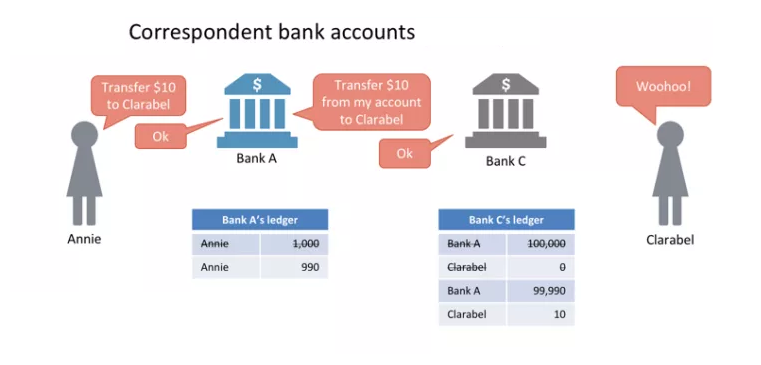Most payment systems today are based on the deposit of funds and the transfer of credit from one party’s account in a bank or similar organisation to another. If we take the standard nomenclature from the Uniform Commercial Code (U.C.C.) Article 4A (US) that defines the class of “wholesale wine transfers,” we can say that generally such a system is one where bank credit is transferred from the “Originator’s” account to a “Beneficiary’s” account.

UCC Article 4A utilises the classes of actions of “fund transfer” and “payment order” as a means of categorising payment instructions that are exchanged between payment intermediaries.
“Funds Transfer” is defined in U.C.C of 4A-104(a) as the generic term covering the process, procedure, and collected series of transactions that when combined constituted the intended transfer of bank credit between parties.
U.C.C. S4A — 103(a)(1) defines the term “Payment Order” to consist of an instruction provided by one individual (be it the user of the system or one of the banks participating in the system) to a party which is in contact directing the recipient to process a part of the funds transfer.
Consequently, a “funds transfer” typically will be comprised of a series of one or more “payment orders.”
U.C.C. S4A-103 (a)(2) defines a beneficiary as “person to be paid by the beneficiary’s bank.”
An “Originator” is defined by U.C.C. S4A-104(1) as “the sender of the first payment order in a funds transfer.”
In an account-based system, before an exchange takes place, an originator will maintain a bank-account balance with the “Originator’s Bank.” The beneficiary will hold an account balance in the “Beneficiary’s Bank.” The aim and outcome of such a payment transaction is to effect the transfer of some portion of that bank’s credit to the Beneficiary’s Bank. We can also say that the transfer reduces the liability of the Originator’s Bank to the originator, and creates a corresponding increase in the liability of the Beneficiary’s Bank to the Beneficiary.
In Bitcoin, we see such systems in exchanges and custodial wallets, where the account holder does not maintain direct control of their private keys, and hence is subject to the security and controls that are in place at the provider site.

